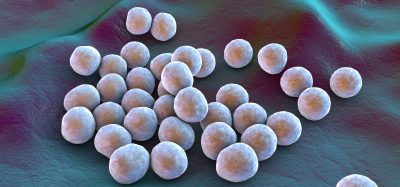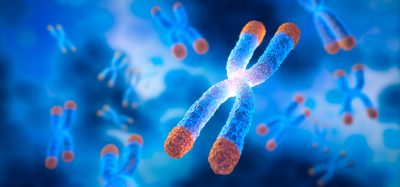Altered fat metabolism shown to play a key role in ALS
Posted: 17 November 2021 | Anna Begley (Drug Target Review) | No comments yet
Scientists reveal that higher levels of inflammatory chemicals involved in fat metabolism occur in people with amyotrophic lateral sclerosis.


A new study from the Johns Hopkins University, US, has used genetically engineered mice and human cell and tissue samples and added to evidence that higher levels of inflammatory chemicals involved in fat metabolism occur in people with amyotrophic lateral sclerosis (ALS), the neuromuscular disorder.
NEWS: Scientists target ALS and dementia RNA using novel molecule
READ HERE
To explore the potentially important genetic differences between disease-free ocular neurons and spinal motor neurons that bear the brunt of ALS, the team studied stem cell lines they cultivated from a person with ALS. After investigating the genetic pathways actively making proteins, they found more activity in genes that control lipid metabolism.
The researchers then sent samples of ocular neurons and spinal motor neurons from 17 people with ALS who were treated at The Johns Hopkins Hospital and six sample sets of people without the condition to colleagues at the University of Southern California, US. The researchers confirmed that spinal motor neurons of the people with ALS contained different amounts and types of lipids to ocular neurons, compared to people without the condition.
A further analysis found that one pathway stood out – arachidonic acid. The researchers discovered that, compared with people without ALS, those with the disorder have about 2.5-fold higher levels of arachidonic acid, a lipid that is known to spur on inflammatory processes needed to repair wounds or tissue damage.
To test the role of arachidonic acid, the team performed experiments to reverse its effects by feeding caffeic acid first to fruit flies genetically engineered to develop ALS-type symptoms. Flies fed caffeic acid were able to move around more, climb up the test tube more often and live longer than flies that did not receive the compound. They subsequently conducted similar experiments with caffeic acid in mice bred to develop ALS, and those that received the compound lived two to three weeks longer than mice not fed the compound.
Furthermore, by tampering with the arachidonic acid pathway in mice bred to develop the biological hallmarks of ALS, the researchers were able to reduce the condition’s muscle-weakening symptoms in the mice — experiencing a 20 to 25 percent increase in grip strength — and extend their survival by two to three weeks.
Although the new evidence, detailed in Nature Neuroscience, may offer potential new strategies for therapy, researcher and associate professor Gabsang Lee emphasised that questions linger. “We do not know yet why ocular and spinal neurons differ in lipid metabolism or what percentage of ALS patients have alterations in the arachidonic acid pathway,” he said.
Related topics
Cell-based assays, Genetic Analysis, Genomics, In Vivo, Lipids, Neurons, Small Molecules, Stem Cells
Related conditions
Amyotrophic Lateral Sclerosis (ALS)
Related organisations
John Hopkins University School of Medicine, University of Southern California
Related people
Gabsang Lee








